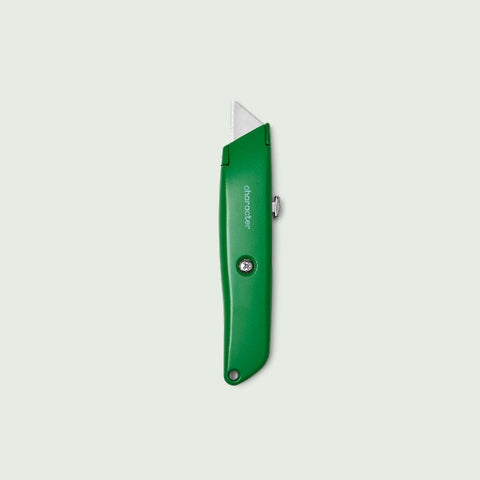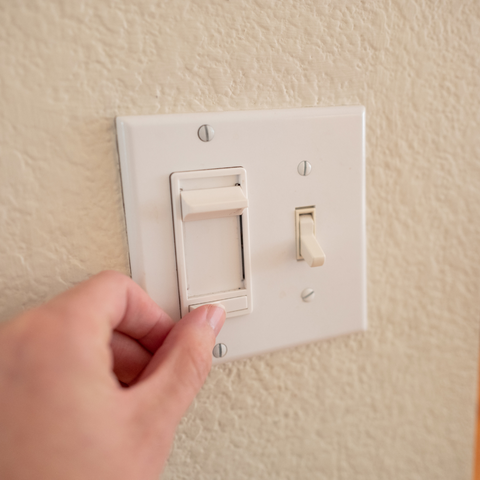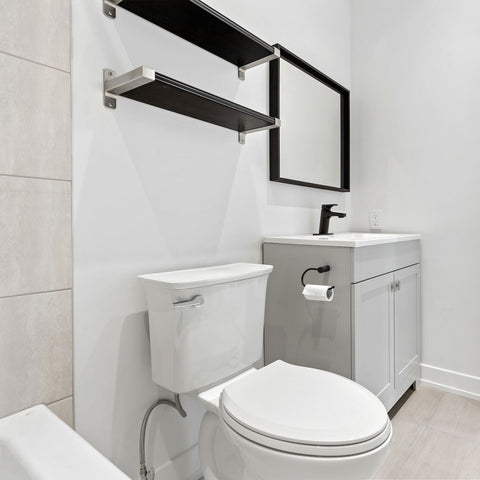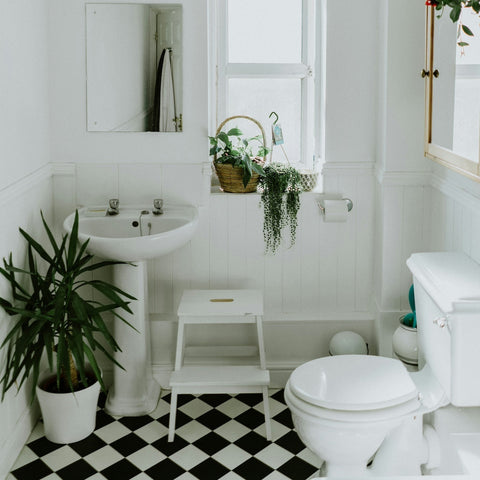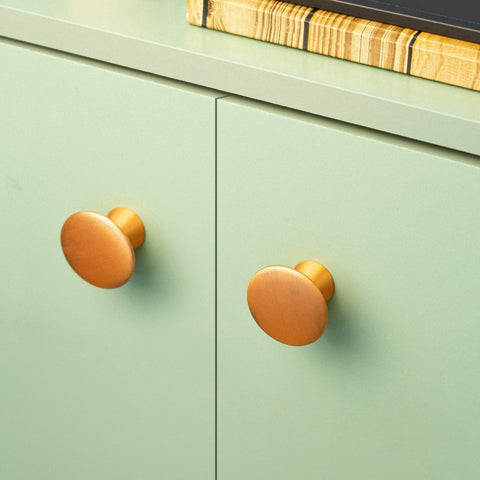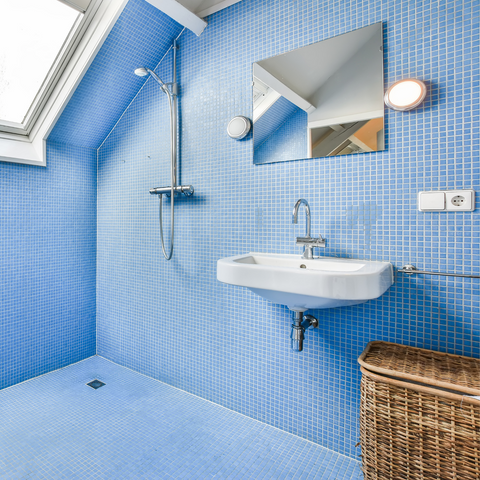
The high humidity environment of a bathroom can be great to de-stress after a long day, but it’s not so great when that leads to a buildup of mold and mildew in your shower.
Especially in environments like the shower, mold and mildew can build up and not only cause unsightly black or gray splotches, but could also be harmful to your health.
Luckily, keeping it at bay isn’t a difficult maintenance task and a lot of the job is actually done by choosing the right materials in the at the very beginning.


